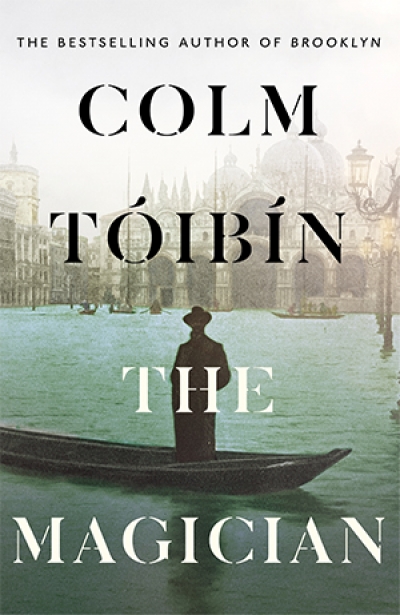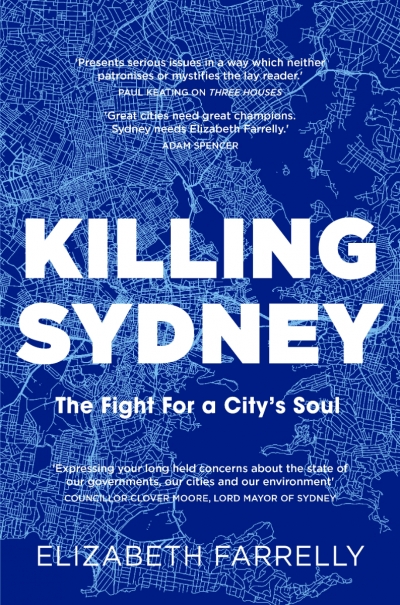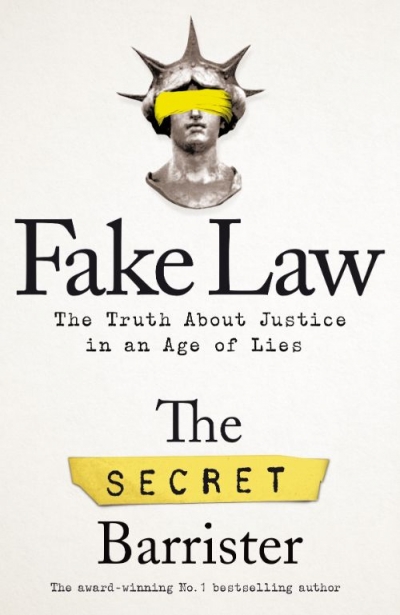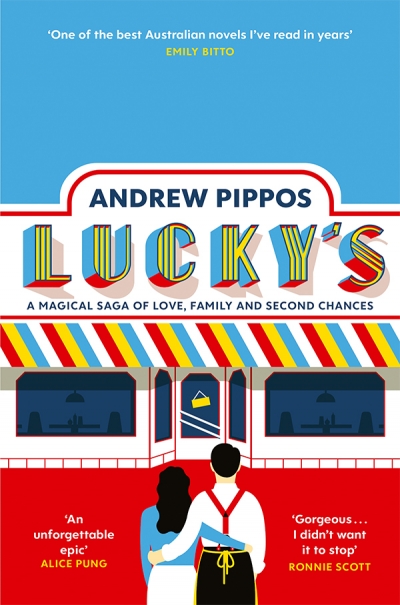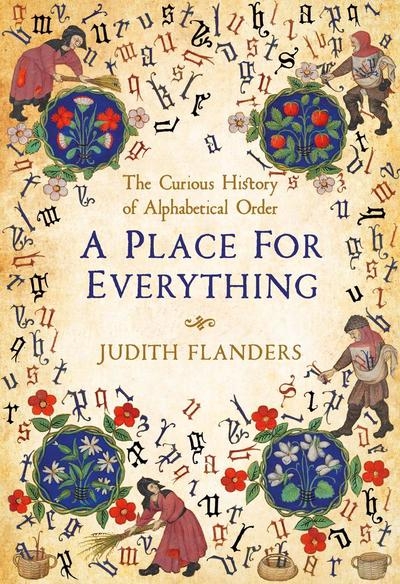Picador
Killing Sydney by Elizabeth Farrelly & Sydney (Second Edition) by Delia Falconer
by Jacqueline Kent •
Fake Law: The truth about justice in an age of lies by The Secret Barrister
by Kieran Pender •
In Search of the Woman Who Sailed the World by Danielle Clode
by Gemma Betros •
A Place for Everything: The curious history of alphabetical order by Judith Flanders
by Andrew Connor •


